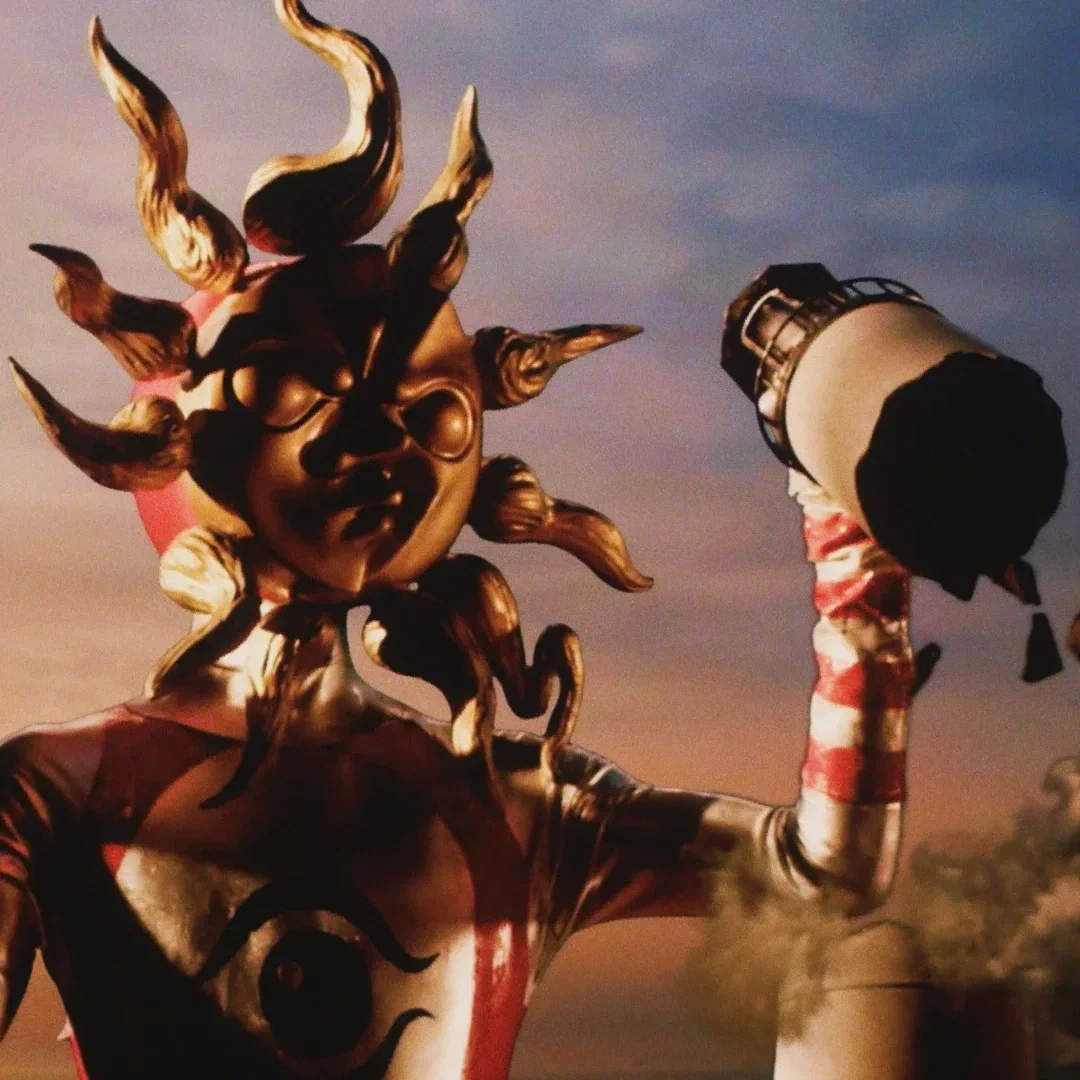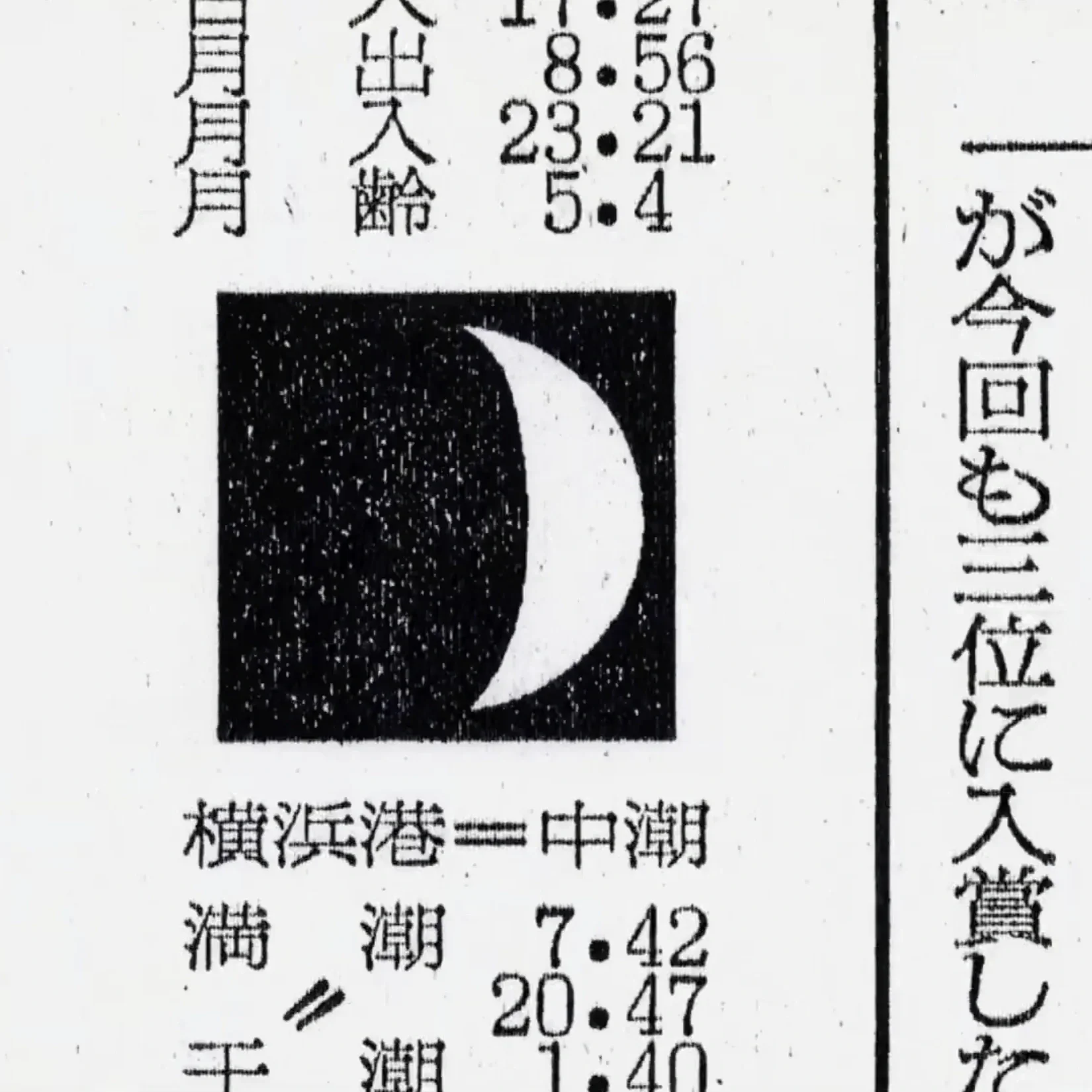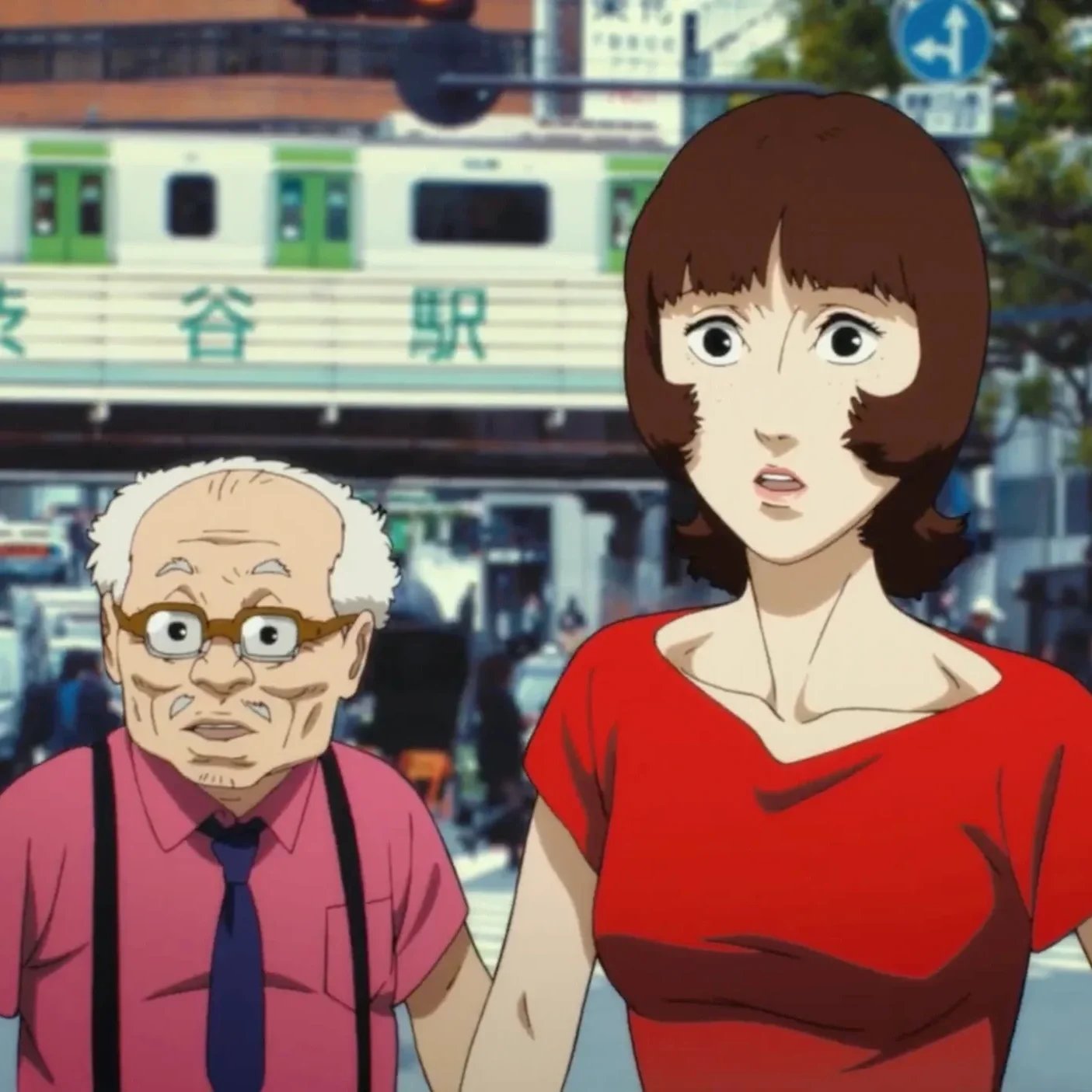The Complete History of Ura-Harajuku - Tokyo’s Iconic Street Fashion Hub
Jun Takahashi and NIGO│scan by archivepdf
When you think of Harajuku, what likely springs to mind are vibrant, daring outfits and the electric buzz of youth culture radiating from Takeshita Street. But there’s another side—one that beats quietly in the backstreets: Ura-Harajuku. To those familiar with its labyrinthine lanes, Ura-Harajuku isn’t just a neighborhood, but a living, breathing culture—a subversive, enduring epicenter of streetwear that has fueled not just fashion, but global youth movements over the past 40 years.
This piece dives into Ura-Harajuku’s rich history, the cultural icons who shaped it, and the brands that redefined both Japanese and international streetwear—forever altering the landscape of fashion.
Birth of Japanese Streetwear
The Context - 1980s Tokyo
Picture Tokyo in the 1980s—a city teeming with energy, riding the wave of rapid urbanization. Consumerism boomed, but as glossy storefronts and sleek brands sprouted, so did resistance. Enter Ura-Harajuku: a crisscross of hidden alleys where the youth of Tokyo staged their rebellion. In this concrete maze, they rejected the mainstream, creating their own universe of music, style, and attitude. What emerged was a fashion movement rooted in counterculture, alive with punk, skate, and hip-hop influences.
Hiroshi Fujiwara - The Godfather of Streetwear
It’s impossible to tell Ura-Harajuku’s story without Hiroshi Fujiwara. Arriving in Tokyo in 1981, fresh from the cultural melting pots of London and New York, Fujiwara soaked in punk, skate culture, and hip-hop. He brought all that back to Japan, blending it into something entirely new. A former club DJ, Fujiwara was remixing street culture itself. In 1990, he launched GoodEnough (GDEH), a brand that set the tone for Japanese streetwear with its fusion of pop-culture graphics and innovative, limited-edition drops.
A young Hiroshi Fujiwara
But Fujiwara’s influence didn’t stop at clothing racks. He was a mentor, creating a community of designers who would go on to revolutionize the fashion world. Among them? Nigo of A Bathing Ape, Jun Takahashi of UNDERCOVER, and Shinsuke Takizawa of NEIGHBORHOOD—names that now resonate globally, but whose roots run deep in Ura-Harajuku’s streets.
Fujiwara’s Cross-Cultural Impact
Fujiwara’s column The Last Orgy in Takarajima magazine (later a TV show) became a cultural hotline, importing underground trends from the West and transmitting them to Tokyo’s youth. The column and program covered everything from punk music to hip-hop fashion, helping to cement Ura-Harajuku’s status as a cultural melting pot.
He rubbed shoulders with Malcolm McLaren, the mastermind manager behind the Sex Pistols, and Shawn Stussy, the kingpin of American brand Stüssy. These connections bridged Western and Japanese streetwear, fusing disparate styles into something entirely new—a style that took hold and reshaped the global fashion industry.
Shawn Stussy (left), Hiroshi Fujiwara (mid) and Nigo (right)
Cat Street - The Artery of Creativity
Running like a vein through Ura-Harajuku, Cat Street became the physical space where these ideas converged. Stretching between Omotesando and Shibuya, this eclectic strip housed vintage shops, galleries, and indie boutiques. It was a gathering ground for Tokyo’s forward-thinking youth, where ideas flowed as freely as the coffee in the street’s indie cafés. Here, fashion wasn’t just worn; it was lived, breathed, and continually reimagined.
The Rise of the Urahara Movement - 1990s and Beyond
By the ’90s, Ura-Harajuku was no longer an underground scene—it was the scene. What became known as the Urahara Movement—short for Ura-Harajuku—symbolized an explosion of creativity and rebellion.
A Bathing Ape (BAPE) - Nigo’s Global Phenomenon
If Hiroshi Fujiwara laid the groundwork, then Nigo, founder of A Bathing Ape (BAPE), brought Ura-Harajuku into the global spotlight. Together with Jun Takahashi, Nigo opened the NOWHERE store in Ura-Harajuku in 1993, introducing a fusion of Japanese minimalism and American hip-hop aesthetics through BAPE. The brand quickly gained a cult following for its bold camo prints and playful monkey iconography. BAPE became known for its limited-edition releases, a marketing strategy that is all too common in today’s streetwear scene, but created enormous hype and solidified the brand’s reputation for exclusivity at the time.
NIGO’s collaborations with artists like Pharrell and Kanye West catapulted the brand to international fame. By the early 2000s, BAPE had established stores in New York and London, cementing Ura-Harajuku as a global fashion powerhouse.
The NOWHERE store
Jun Takahashi and UNDERCOVER - Punk Meets High Fashion
While Nigo capitalized on exclusivity and hype, Jun Takahashi of UNDERCOVER took a more avant-garde approach, blending punk aesthetics with high fashion. Undercover’s deconstructed designs, inspired by British punk and Tokyo’s street culture, attracted attention for their rebellious, anti-establishment tone. Takahashi’s work blurred the lines between streetwear and high fashion, a trend that would later dominate global fashion through collaborations between streetwear brands and luxury labels.
UNDERCOVER became a mainstay in Ura-Harajuku and is still considered one of Japan’s most influential brands, having shown at Paris Fashion Week and being worn by international celebrities .
NEIGHBORHOOD - Shinsuke Takizawa’s Tribute to Americana
Shinsuke Takizawa, the founder of NEIGHBORHOOD, brought a distinct flavor to Ura-Harajuku with his fascination for Americana and motorcycle culture. Launched in 1994, NEIGHBORHOOD fused military, biker, and rugged, utilitarian aesthetics into something uniquely Japanese. The brand’s rugged, utility-driven designs reflected the rebellious spirit of Ura-Harajuku’s youth while paying homage to classic American fashion.
Jun Takahashi and NIGO for Last Orgy 2
Ura-Harajuku’s Influence Spreads - The Birth of Luxury Streetwear
As the 2000s rolled around, Ura-Harajuku’s reach stretched far beyond Tokyo’s backstreets. Brands like BAPE, UNDERCOVER, and NEIGHBORHOOD pioneered the concept of luxury streetwear, a fusion of high-end fashion with street sensibilities. By the late 1990s, international fashion designers began to take notice of the unique cultural production emerging from Ura-Harajuku.
Collaborations between streetwear labels and luxury houses, now a staple in fashion, were pioneered by figures like Fujiwara, who teamed up with Louis Vuitton long before such partnerships became mainstream. By the 2010s, streetwear was no longer confined to the underground; it had become a dominant force in fashion weeks across the globe.
This fusion of street sensibilities with high fashion paved the way for the likes of Kim Jones and Virgil Abloh, both of whom cited Ura-Harajuku as a major influence.
NIGO and Pharrell for Billionaires Boys Club in 2007
Ura-Harajuku Today - A Living Legacy of Creative Expression
The New Wave of Designers
Though many of the original pioneers have ascended to the status of fashion icons, Ura-Harajuku pulses with fresh, rebellious energy. It’s a neighborhood that refuses to stagnate. Brands like SK8THING and the enigmatic Cav Empt—founded by ex-BAPE visionary Toby Feltwell—continue to disrupt the norms of streetwear, infusing it with a bold, graphic intensity and dystopian undertones. Cav Empt has carved out a niche not only in Japan but across the globe, becoming a cult phenomenon. The brand’s blend of dark, futuristic visuals with statement-making designs doesn’t just pay homage to Ura-Harajuku’s legacy; it pushes it into uncharted territory, keeping the creative fires burning hot.
Ura-Harajuku’s Street Culture Today
Fashion may be its heartbeat, but the veins of Ura-Harajuku run deeper. Its narrow alleyways are dripping with street art, plastered with stickers, and buzzing with an urban rawness that defines the neighborhood. The walls of its shops and galleries? They double as impromptu art spaces, serving up gritty, subversive works from local street artists. In this maze, creativity doesn’t ask for permission—it just happens.
One of the most powerful aspects of Ura-Harajuku’s essence is its unwavering allegiance to DIY culture. It’s in the DNA of the area. From the early days when Fujiwara and Nigo hawked hand-printed T-shirts out of modest pop-up stalls, to the current wave of underground brands like Cav Empt, this neighborhood has always been a hotbed for experimentation. It’s not just about fashion here—it’s about offering a platform for raw, unfiltered self-expression.
And the torch hasn’t been dropped. New designers, artists, and musicians are constantly setting up shop—pop-up galleries, impromptu retail spaces, temporary exhibitions. These aren’t glossy, corporate-backed ventures. No, they’re raw, grassroots projects, feeding off the same independent spirit that has always defined Ura-Harajuku. Some rely on nothing more than community buzz and underground hype to survive, thriving on the edges of mainstream attention, defying the rules, and rewriting them.
The alleys of Ura Harajuku
The Cultural Significance of Ura-Harajuku
At its very heart, Ura-Harajuku has always embodied rebellion—an unspoken defiance against the grain. Whether it was a stand against the rapid rise of consumerism in 1980s Japan or a refusal to conform to the increasingly homogenous global fashion landscape today, Ura-Harajuku has always been a haven for the unapologetically unique and the creatively subversive.
The ’90s Urahara Movement was a full-blown revolt against the mainstream. It celebrated an explosive fusion of punk, hip-hop, and skate culture, refusing to be boxed in by convention. Even now, despite Ura-Harajuku’s rise to international fame, the area stands strong as a refuge for those seeking to carve out their own identity—those who dare to be different. The fashion here? It’s never been about blending in; it’s about making a statement, about standing out in a world trying to force everyone into the same mold.
For decades, Ura-Harajuku has been a beacon for Tokyo’s youth—and increasingly, for young people worldwide—guiding them as they shape their personal identities. In a society that often leans toward rigidity and conformity, Ura-Harajuku gives people permission to break free, to rebel, to craft their own narratives.
It’s no coincidence that many of Ura-Harajuku’s key early figures—like Hiroshi Fujiwara, Nigo, and Jun Takahashi—were outsiders themselves. They never fit neatly into any one box, and neither does the eclectic, ever-evolving scene that Ura-Harajuku represents. The culture here doesn’t deal in absolutes. It thrives in hybridity, encouraging followers to blur the lines between genres, styles, and influences, creating a mix that feels authentic and utterly their own.
BAPE store Harajuku
The Global Spread of Ura-Harajuku’s Cultural Values
Ura-Harajuku’s influence on fashion is undeniable, but what often goes unnoticed is its broader cultural ripple effect. Its core values—individualism, rebellion, and experimentation, have transcended geographical boundaries. You can see echoes of Ura-Harajuku’s ethos in youth subcultures across the globe, from the streetwear communities of New York to the edgy indie art scenes of Berlin.
Perhaps the clearest evidence of Ura-Harajuku’s global impact lies in the meteoric rise of streetwear. What began in the back alleys of Tokyo has exploded into a worldwide phenomenon. Streetwear, once niche, now straddles the realms of high fashion and mainstream pop culture. Brands like Off-White, Supreme, and Palace owe a massive debt to the groundwork laid in Ura-Harajuku.
Ura-Harajuku’s Enduring Legacy
The transformation of Ura-Harajuku from a sleepy collection of backstreets to a global cultural epicenter, is nothing short of extraordinary. What started in the 1980s as a bold counterculture response to mainstream consumerism has evolved into a lasting movement, shaping the worlds of fashion, art, and beyond.
The foundations of Ura-Harajuku’s legacy were built by pioneers, visionaries like Fujiwara, Nigo, and Takahashi, who created an entire cultural movement, a space for authenticity, rebellion, and unfiltered self-expression. They weren’t following any script; they were writing their own, and in doing so, they rewrote the global fashion playbook.
Even today, Ura-Harajuku remains an evolving part of Tokyo’s creative pulse. The streets are alive with independent boutiques, art galleries, and pop-up shops. Looking ahead, Ura-Harajuku’s legacy is poised to continue inspiring new generations of designers, artists, and cultural innovators.
In many ways, Ura-Harajuku is more than just a place—it’s a state of mind.















Hello Kitty and My Melody reimagined in limited-edition designs.